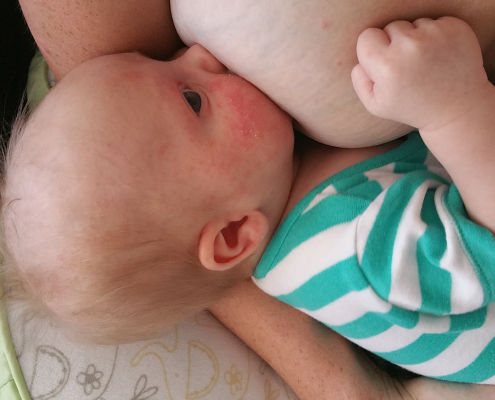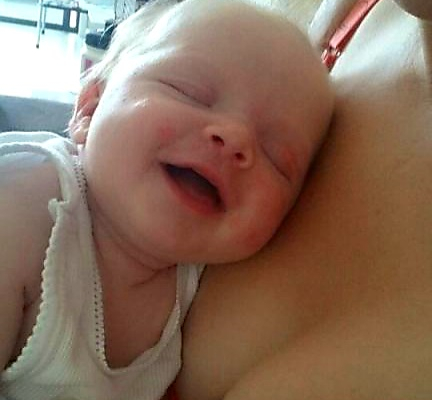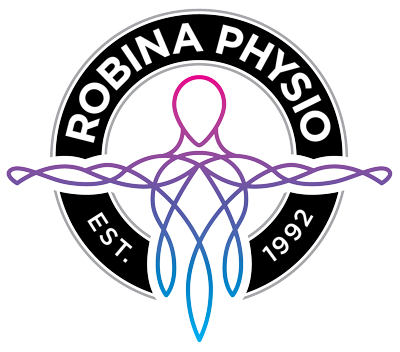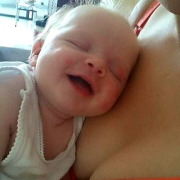Mastitis
Mastitis
By Aaron Woolley, Physiotherapist.
Mastitis, a prevalent concern among breastfeeding women, affects at least 1 in 10 individuals. Despite its common occurrence, many people lack a comprehensive understanding of its causes, warning signs, and optimal treatment approaches. Mastitis entails inflammation of the breast tissue and presents in two forms:
- Non-infectious mastitis: This type is typically caused by blocked milk ducts, leading to the retention of milk within the breast.
- Infectious mastitis: In this variant, a bacterial infection affects the milk within the breast.
It is crucial to address non-infectious mastitis promptly, as untreated cases may progress into infectious mastitis. This progression occurs when the blockage provides a breeding ground for bacteria, leading to an infection of the retained milk within the breast tissue.

Symptoms
Mastitis can manifest with a combination of local and/or systemic symptoms. Generally, more severe infections tend to trigger a broader range of systemic symptoms. Here are the key signs to be vigilant about:
- A reddened area of the breast, which may feel tender, hard, and painful, with or without an apparent lump.
- Localised heat surrounding the painful area.
- Red streaks extending outward from the affected region.
- Fever, ranging from low grade (38.5° or below) to more severe (above 38.5°).
- Flu-like symptoms, including body aches, joint pain, nausea, and a sense of lethargy or fatigue, often with a rapid onset.
Treatment
- Most importantly keep removing the milk either via breastfeeding or expressing. And don’t worry its quite ok for your baby to continue drinking this milk
- Apply warmth to the breast, especially prior to feeding or expressing. This can be achieved with a gently warmed heat pack and/or nice warm shower
- Gentle massage can be effective but be careful to massage towards the areola and not hold your breast in a way to create another blockage.
- Ultrasound therapy provided by a physiotherapist is highly underrated for the management of mastitis. This treatment technique is incredibly effective, pain free and quick. The ultrasound waves help to loosen and break up the clogged duct allowing milk to flow once again.
The Physio’s at Robina Physio on the Gold Coast have additional training to provide this treatment technique so please BOOK NOW.
If you are experiencing severe systemic symptoms don’t hesitate to seek medical advice as there is a good chance you will also require antibiotic therapy to help treat your mastitis. 
A Quick Word of Support
After watching my wife struggle with repetitive bouts of mastitis and even bigger issues with keeping her supply up with the demands of our little bubs I realised the mental toll on mums with breastfeeding babies is incredible. She tried everything ranging from the above treatments to diet changes, supplements, booby bickies, and even medication to help increase her supply. Eventually she was forced to make the tough call and switch to formula. It was obvious this made her feel like a failure as a mum and was a really hard transition for her, although was an easy change for our babies. In the end our babies have grown into 3 amazing kids (most of the time), so please don’t be too hard on yourself and get down with these early struggles, cause at the end of the day breastfeeding is bloody hard work and everything will work out perfectly in the end.
If you’re struggling with mastitis the team at Robina Physio on the Gold Coast are here to help, share our knowledge and support you in a caring and compassionate manner. Contact Us on (07) 55787233 or BOOK NOW online.



